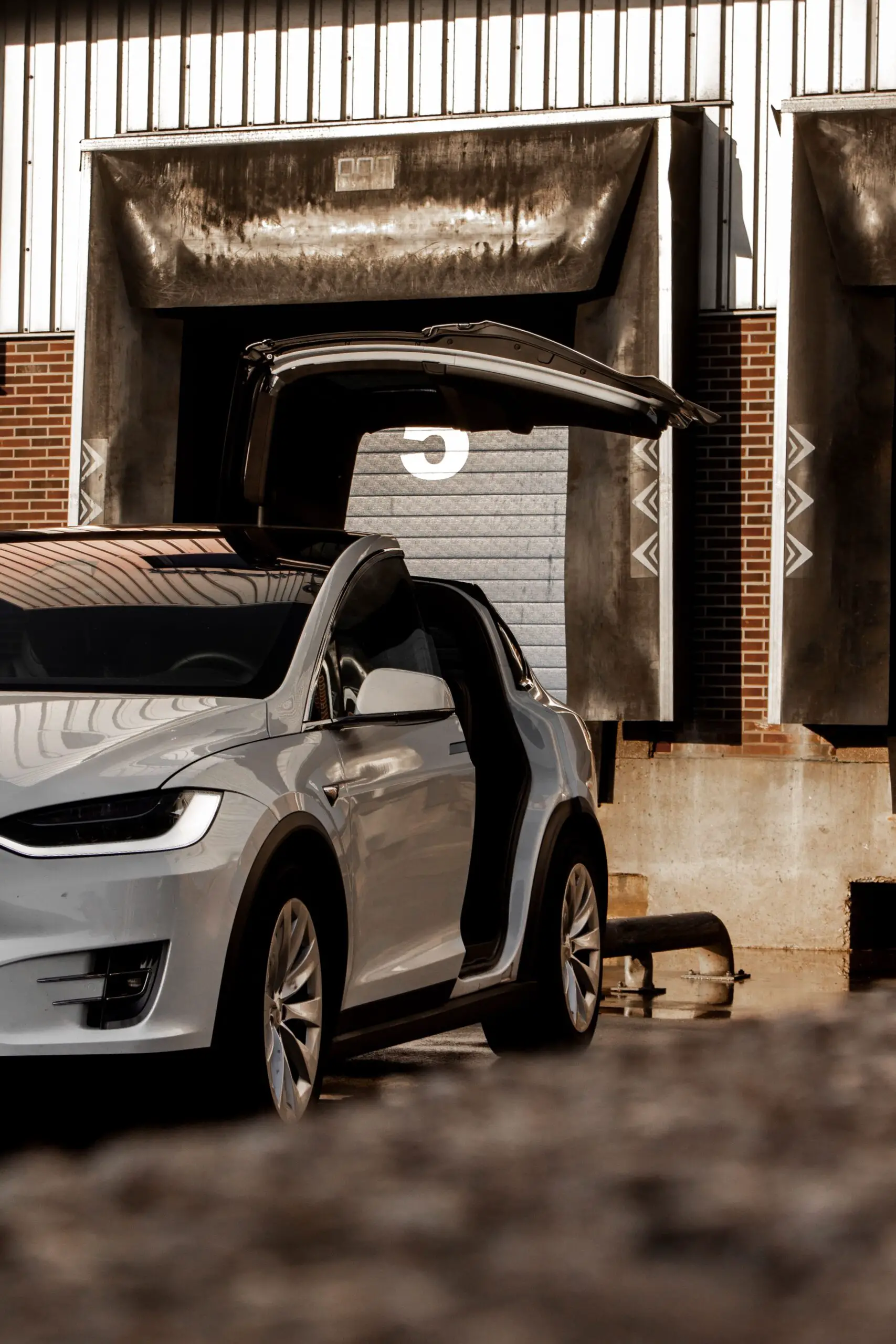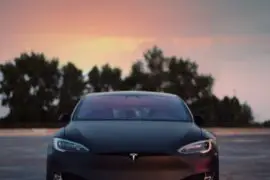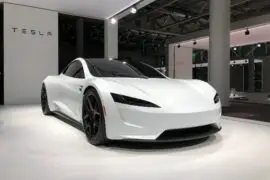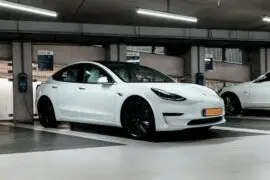In the realm of automotive innovation, Tesla has emerged as a trailblazer, revolutionizing the industry with its electric vehicles (EVs) and cutting-edge technology. However, amidst the praise and accolades, a pertinent question lingers in the public discourse: Are Teslas bad for the environment?
To delve into this question, it’s crucial to dissect and understand the multifaceted aspects of Tesla’s environmental impact. Beyond the surface-level debates, this exploration aims to unravel the complexities surrounding Teslas and their implications for our planet’s health.
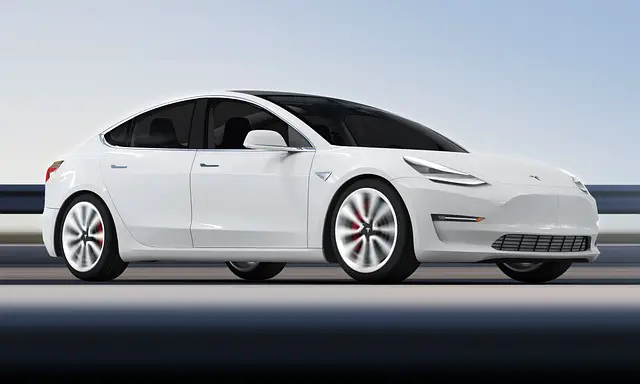
At first glance, the notion of Teslas being detrimental to the environment may seem plausible, especially when considering factors such as production emissions and the extraction of raw materials for batteries. Yet, a deeper examination reveals a more nuanced narrative that requires careful consideration of various factors and data-driven analysis.
Contents
Tesla’s Environmental Impact
Electric vs Internal Combustion Engine Vehicles (ICEVs)
Tesla’s environmental impact stems from its fundamental distinction as an electric vehicle (EV) compared to traditional internal combustion engine vehicles (ICEVs). The core difference lies in the propulsion system: Teslas utilize electric motors powered by rechargeable batteries, while ICEVs rely on burning fossil fuels like gasoline or diesel.
Production Emissions Comparison
When evaluating Tesla’s manufacturing process against that of ICEVs, several key factors come into play regarding environmental impact. Firstly, Tesla’s production emits fewer greenhouse gases (GHGs) compared to ICEVs due to its reliance on electric drivetrains and avoidance of combustion engines. Additionally, Tesla’s commitment to sustainable manufacturing practices, such as utilizing renewable energy sources in production facilities, contributes to reducing overall emissions.
However, it’s essential to note that the production of any vehicle, including Teslas, involves resource extraction, energy consumption, and transportation logistics, all of which contribute to environmental footprints. Despite this, Teslas generally fare better in terms of production emissions when compared to their ICEV counterparts, particularly as advancements in EV manufacturing continue to prioritize sustainability.
Zero Tailpipe Emissions
One of the standout advantages of Teslas and EVs in general is their zero tailpipe emissions during operation. Unlike ICEVs that emit pollutants like carbon dioxide (CO2), nitrogen oxides (NOx), and particulate matter directly into the atmosphere, Teslas run on electricity and produce no tailpipe emissions. This translates to cleaner air quality, reduced smog formation, and mitigated health risks associated with air pollution, especially in urban areas with high vehicle density.
Energy Source and Charging
When assessing the environmental impact of Teslas, one critical aspect that demands attention is the energy source used for charging these electric vehicles (EVs). This consideration holds immense significance in determining the overall carbon footprint and sustainability of Teslas on a global scale.
Importance of Energy Source Consideration
The energy source used for charging Teslas plays a pivotal role in shaping their environmental impact. Charging from grids powered by renewable energy sources such as solar, wind, or hydroelectric power significantly reduces the carbon emissions associated with operating Teslas. Conversely, charging from grids reliant on fossil fuels like coal or natural gas may result in higher emissions, somewhat offsetting the environmental benefits of driving an EV.
Advantages of Renewable Energy Sources
The utilization of renewable energy sources for charging Teslas offers several distinct advantages in terms of reducing their overall carbon footprint:
- Carbon Neutrality: Renewable energy sources are inherently carbon-neutral, meaning they do not release greenhouse gases during electricity generation. This directly translates to lower emissions when charging Teslas, contributing to climate change mitigation efforts.
- Resource Sustainability: Solar, wind, and hydroelectric power are renewable and sustainable resources, unlike finite fossil fuels. By tapping into these clean energy sources, Teslas aligns with a more environmentally conscious approach to transportation.
- Localized Energy Production: Distributed renewable energy systems, such as rooftop solar panels, empower Tesla owners to generate their electricity locally. This not only reduces reliance on centralized grids but also promotes energy independence and resilience.
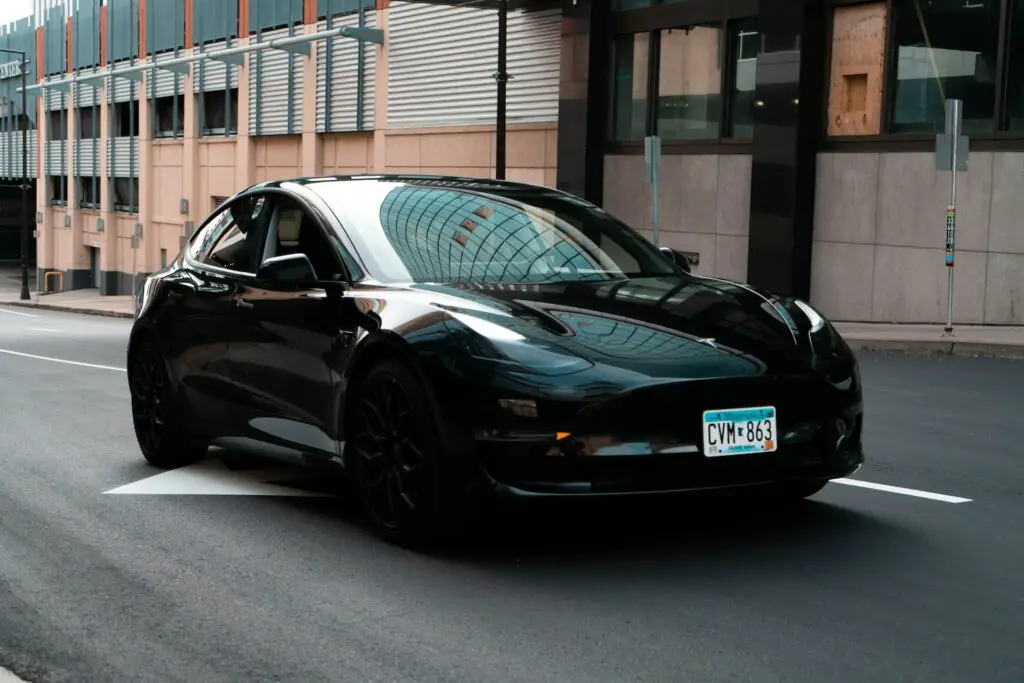
Battery Technology and Environmental Concerns in Teslas
Tesla’s Lithium-Ion Batteries
At the heart of Tesla’s innovative electric vehicles (EVs) are advanced lithium-ion batteries, pivotal components that drive performance and sustainability. These batteries play a crucial role in powering Tesla’s electric motors, enabling impressive acceleration, range, and efficiency compared to traditional internal combustion engine vehicles (ICEVs).
Environmental Impact of Battery Production
- Resource Extraction: The mining of raw materials such as lithium, cobalt, and nickel for battery production can have environmental consequences, including habitat disruption and water pollution.
- Processing and Energy Consumption: The processing of these raw materials into battery components involves energy-intensive processes, contributing to carbon emissions and resource depletion.
- End-of-Life Disposal: Proper disposal and recycling of lithium-ion batteries are essential to prevent hazardous materials from entering the environment and to recover valuable resources.
Evaluating Tesla’s Environmental Impact
To comprehensively understand Tesla’s environmental footprint, conducting a lifecycle analysis (LCA) is paramount. This holistic approach considers the entire lifecycle of Tesla vehicles, from production and operation to eventual disposal or recycling. Through LCA, stakeholders can gain insights into various environmental factors and make informed decisions regarding sustainability.
Factors Considered in Lifecycle Analysis
- Production Emissions: Assessing the carbon emissions and environmental impact associated with manufacturing Tesla vehicles, including material extraction, assembly processes, and transportation.
- Energy Sources: Evaluating the sources of energy used to charge Teslas throughout their lifespan, from grid electricity to renewable energy adoption, and their implications for carbon emissions and sustainability.
- Driving Habits: Analyzing driving patterns, distances traveled, and energy efficiency during Tesla’s operational phase, influencing overall energy consumption and emissions.
- Maintenance: Considering maintenance requirements, service procedures, and their impact on energy consumption, resource usage, and environmental sustainability.
- End-of-Life Strategies: Examining strategies for battery disposal, recycling, or repurposing, addressing waste management, resource recovery, and circular economy principles.
Addressing Misconceptions About Teslas and EVs
In discussions about Tesla vehicles and electric vehicles (EVs) in general, several myths and misconceptions often cloud the conversation. It’s crucial to debunk these myths and clarify misconceptions to foster a better understanding of the true environmental impact and potential of Teslas and EVs as a sustainable transportation solution.
Teslas are Bad for the Environment?
This myth stems from concerns about production emissions and battery disposal. However, when considering the complete lifecycle analysis, Teslas demonstrate lower environmental impact compared to traditional internal combustion engine vehicles (ICEVs). Their zero tailpipe emissions during operation, energy efficiency, and potential for renewable energy charging contribute to a net positive environmental impact.
EVs Have Limited Range and Performance?
Modern EVs, including Teslas, boast impressive ranges and performance capabilities. Tesla’s advanced battery technology and efficient electric drivetrains enable long-range travel and rapid acceleration, dispelling the notion that EVs are limited in their capabilities.
EVs Are Expensive and Inaccessible?
While initial costs for EVs like Teslas may be higher than some ICEVs, factors such as government incentives, tax credits, and lower operational costs (e.g., fuel and maintenance savings) offset the upfront investment. Additionally, as EV technology advances and production scales up, prices are becoming more competitive and accessible to a wider range of consumers.
EV Charging Infrastructure Is Inadequate?
The EV charging infrastructure has grown significantly in recent years, with a widespread network of public charging stations and home charging solutions. Tesla’s Supercharger network, for example, offers fast and convenient charging options for Tesla owners, addressing concerns about range anxiety and accessibility.
EVs Are Not Truly Green Due to Battery Production?
While battery production does have environmental impacts, ongoing efforts in sustainable sourcing, energy efficiency, and battery recycling are reducing these concerns. The overall lifecycle analysis of EVs shows that their environmental benefits far outweigh the impacts associated with battery production.
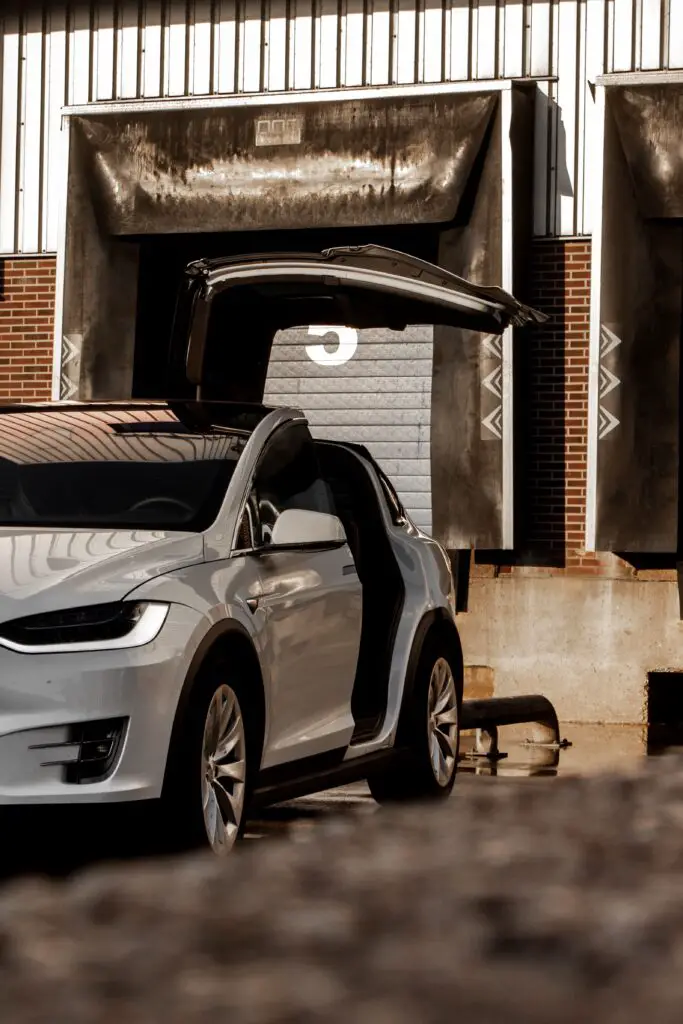
Are Teslas bad for the environment?
In conclusion, Teslas are not bad for the environment. Dispelling myths about their impact reveals their positive contributions to sustainability through zero tailpipe emissions, energy efficiency, and advancements in battery technology. Addressing common misconceptions empowers informed decisions, highlighting Teslas as a significant step towards cleaner mobility and a greener future.
Whats the Maintenance on a Tesla in 2024?
Do Teslas do teslas catch on fire more than other cars in 2024?

